On which project are you currently working on?
My students will open their exhibition next week on Bitov castle in south Moravia (in Czech Rep.), I’m organizing lots of things around it. Teaching is my strongest interest since 2003. Now I’m cooperating with students Tomas Brousil, Radana Lencova and Radek Sidun on a project of new typeface system for schools — all degrees from primary to universities. We have already designed 8 OpenType fonts, serif/sans families suitable for primers and scientific books at the same time.

What are you reading at the moment? Do you have a favourite book?
I’m reading texts of my students, besides that I have to read books when designing them, I read lots of czech fiction literature. I've so may books so I move them slowly to my cottage from my Prague’s studio in believe that I’ll read them quietly in future far from civilization and stress. I love to red alone, among woods and ponds. Authors? Jaroslav Hasek, Jan Kresadlo, A. Schopenhauer, R. Feynmann, D. H. Thoreau, and yes, I read some poetry, too.
How do you proceed when you design a typeface?
I shouldn’t say it among students, but I don’t begin with handdrawing, my computer is my sketchbook. Recently I bought a second-hand Psion Revo with Sketch application which produces funny rough pixel images made with pen on touchscreen. But seriously, everything starts with specific order or insufficiency. If I need some typeface for my layout, I simply design it.
![]()
Where do you find inspiration for your type design?
In history and in individual experiment. first I need to know the roots, than I need to express myself.

How do you find the names for you fonts?
It is getting harder, many good names are already occupied in the industry, I experienced twice an unwanted collision so I had to change my naming. I assume a good name of font should always reflect something from the soul or atmosphere, the story behind specific type. Sometimes it is just the name of inspiration source, Walbaum for example — obvious and simple. My “Sebastian” is different, because it shares my personal crisis in 2002–2003, I expressed my pain with type …

The 20th century has seen many stylistic changes in type design. Do you currently see a trend for the new century?
New century is a clichee expression and so is the scene in graphic design. Fashinable, boring, aggresive and, above all, copying and borrowing already proven methods. I believe in “less is more”. And graphic design is not everything. As I’m getting older, I ask for the subject, the meaning of designed thing. There are many interesting innovative styles in non-commercial area of type design, I believe in the generation of my students, they can bring refreshing ideas based on a broad social dialogue, not narrowly focused on design only.

Nowadays digital type designs can spread around the world in seconds. Do you think local styles of type design will become more or less important in this time of globalization?
In terms of availability of fonts, small foundries are more flexible than big ones. You won’t see anything new from big companies (you know them) except for merging libraries and confusing users. Local designers can sway the global scene more effectively than ever before. That's what Erik Spiekermann said ten years ago, and nowadays it becomes true for good. In my country, many clients believe in strong identity through logo and its repeated exposure. I advise them rather to show their products and ideas with the use of original font adjusted for their purposes. It can carry the identity by verbal interaction instead of “building an image” which may be unfaithful.



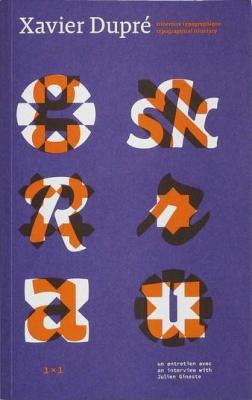
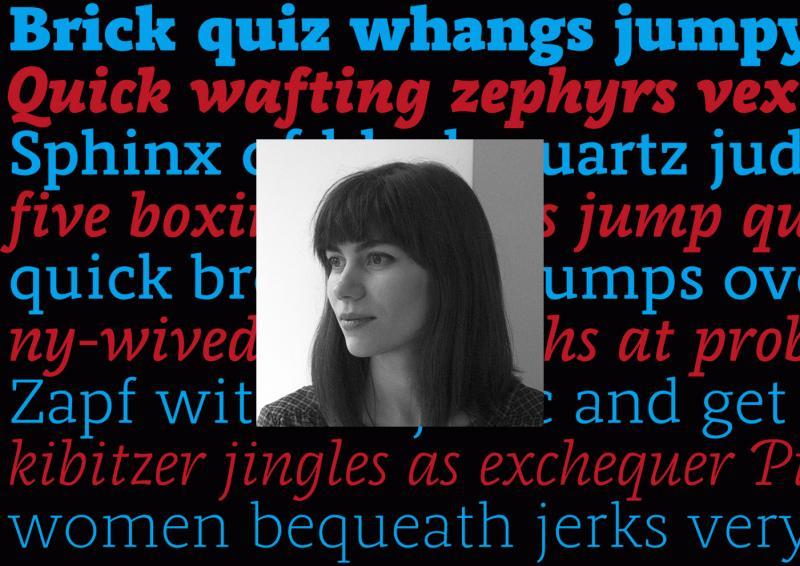
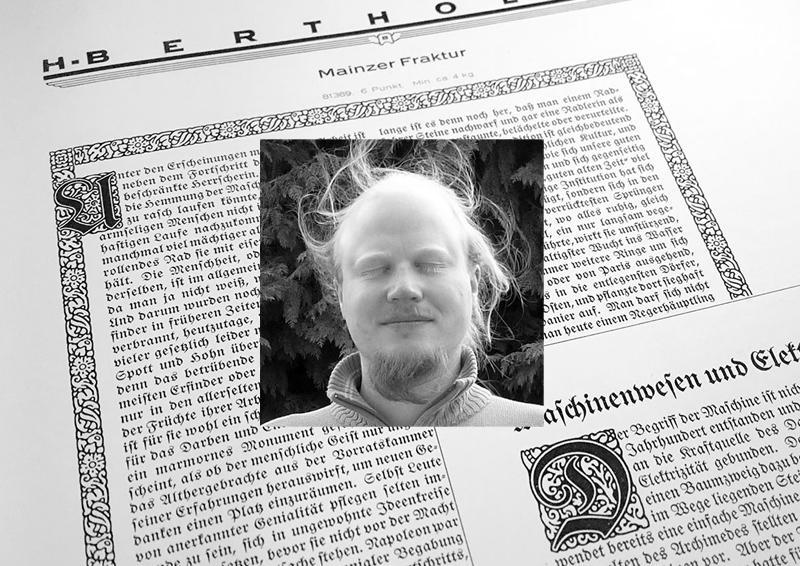
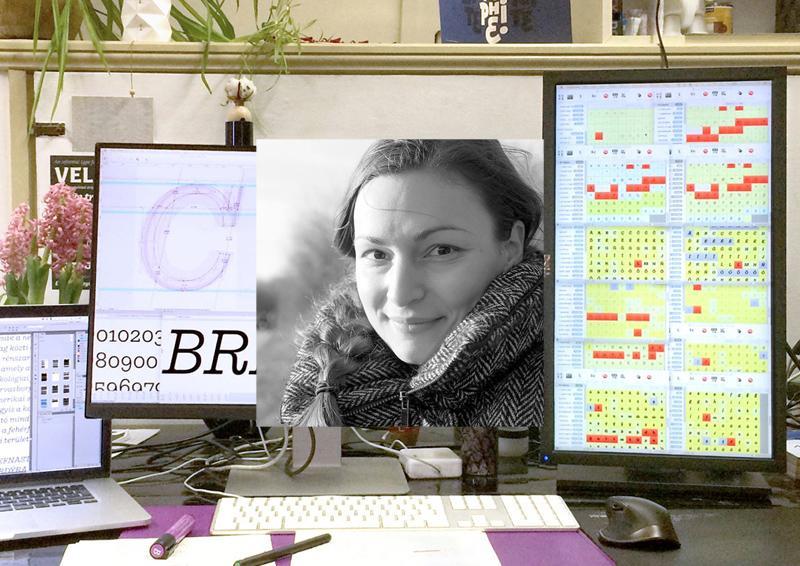
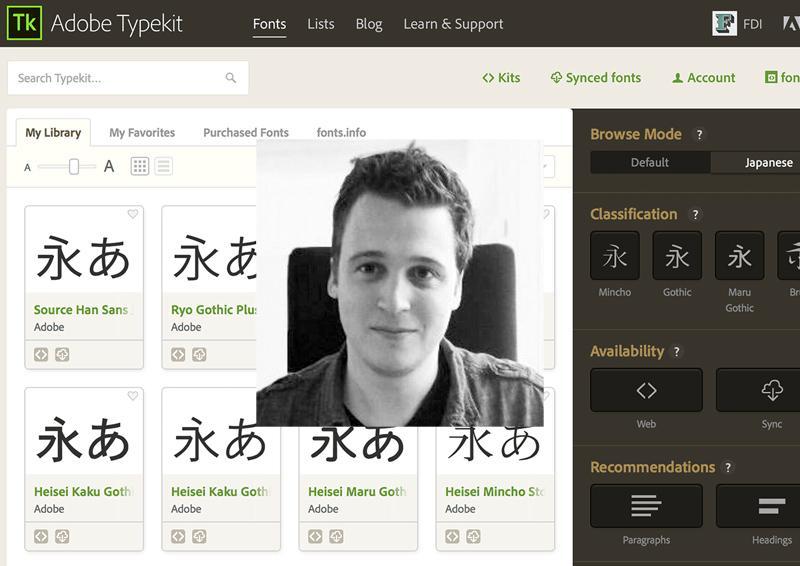
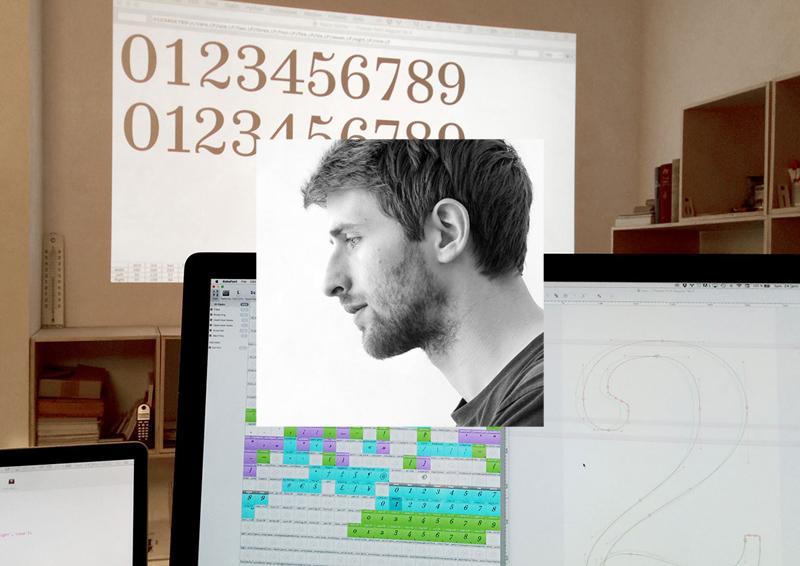
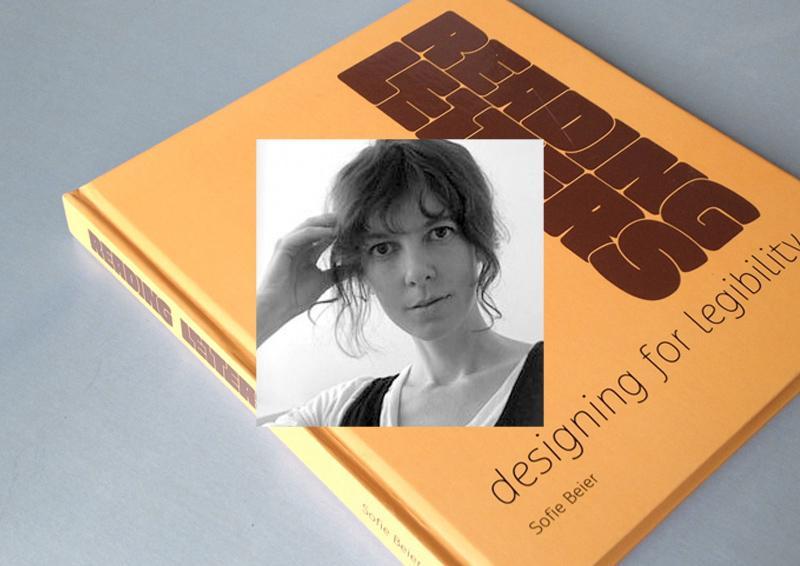
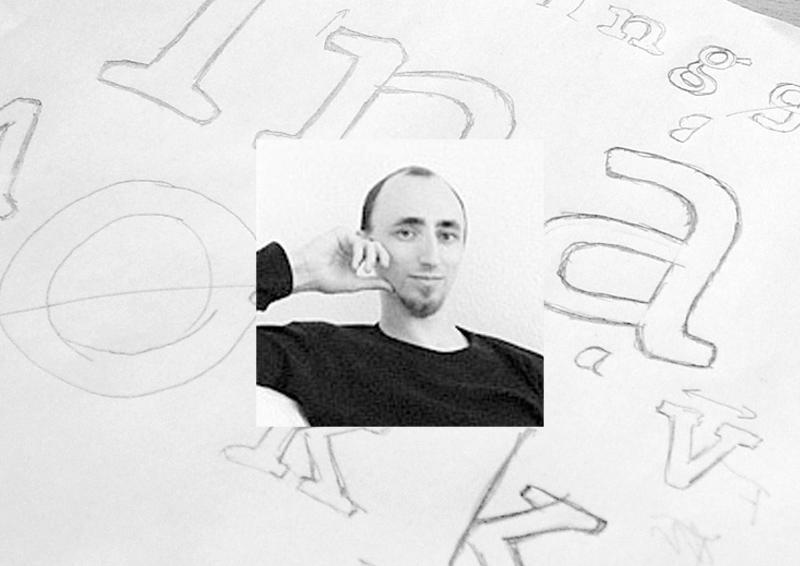


Recommended Comments
There are no comments to display.